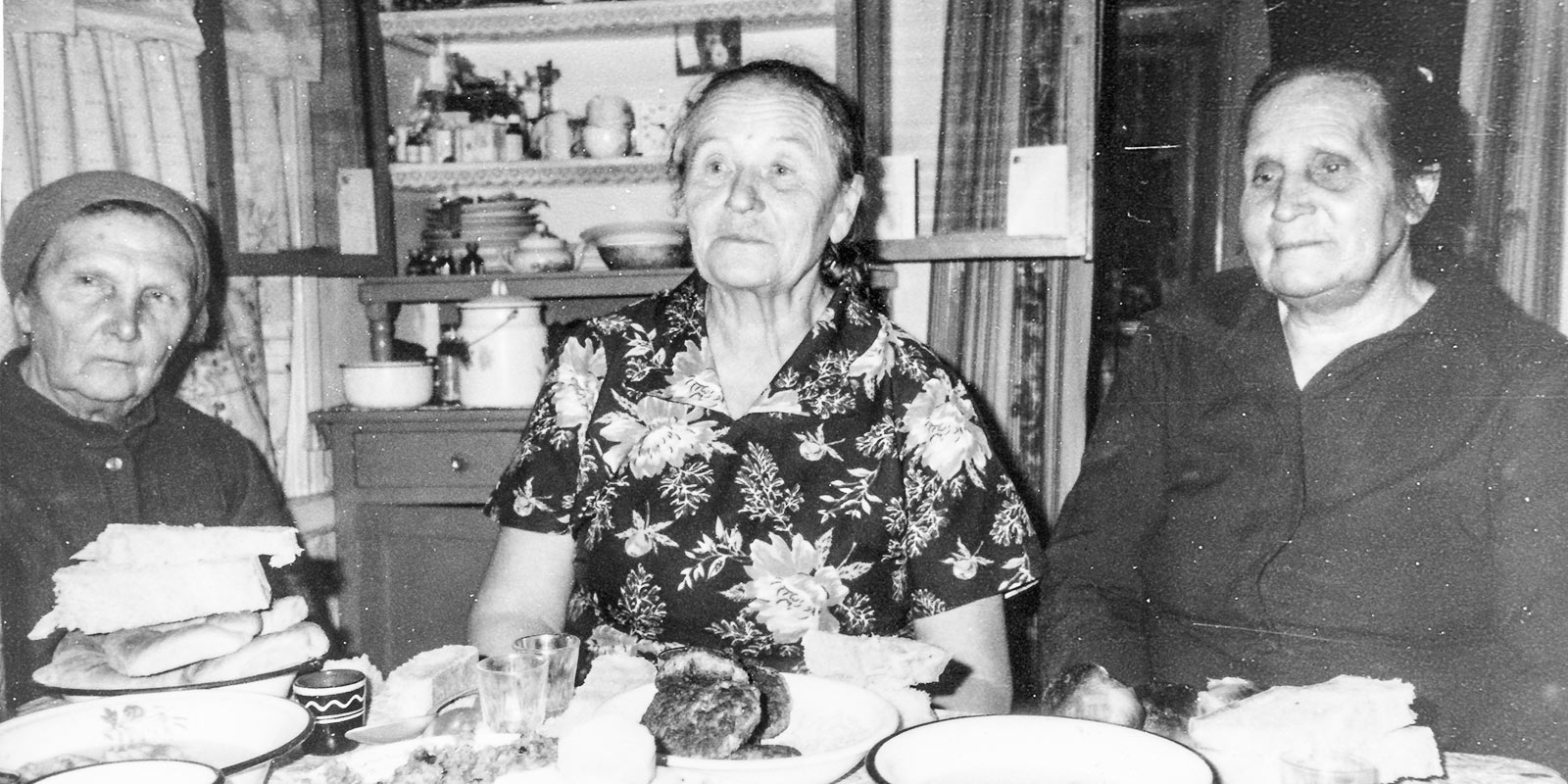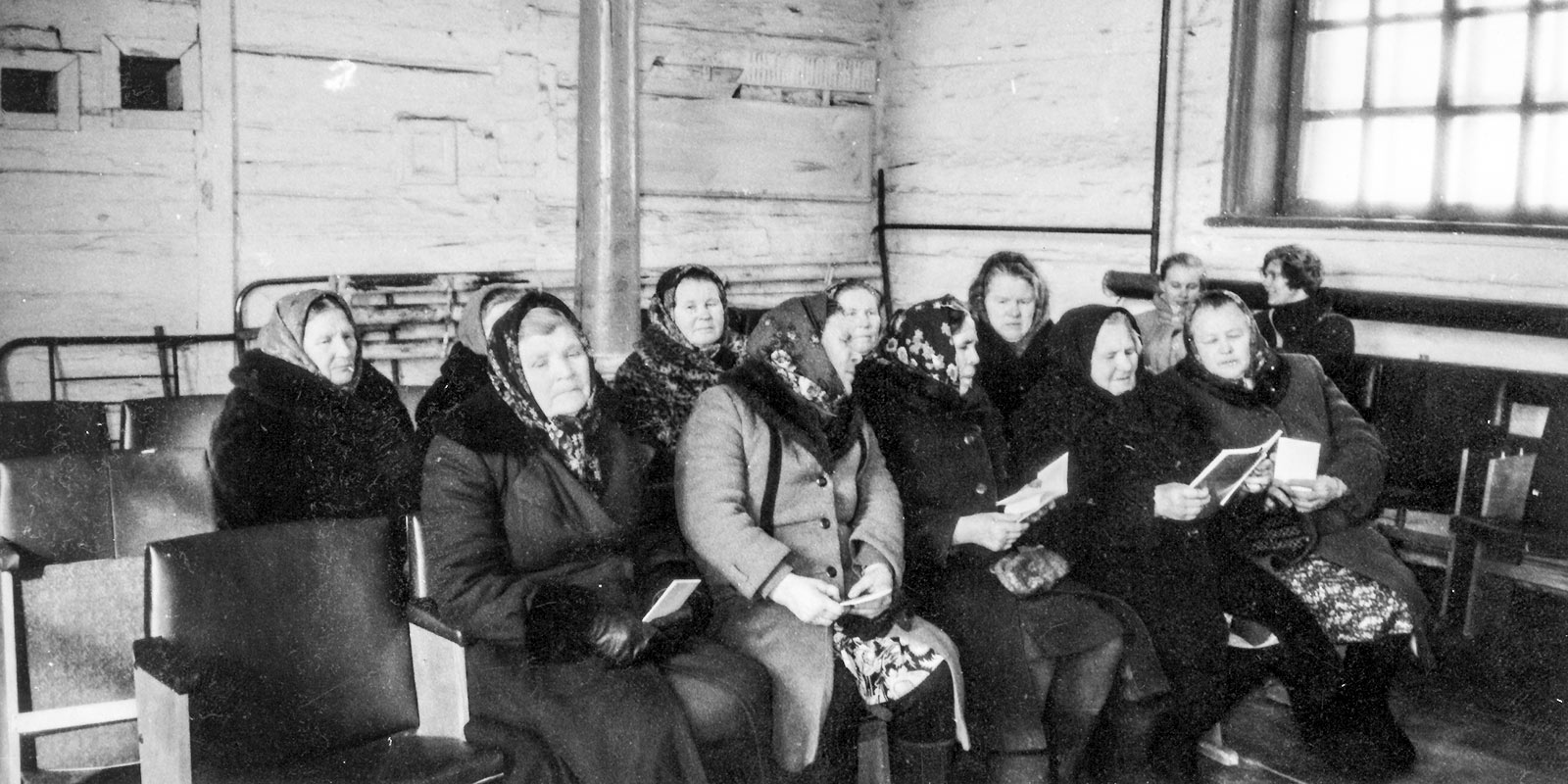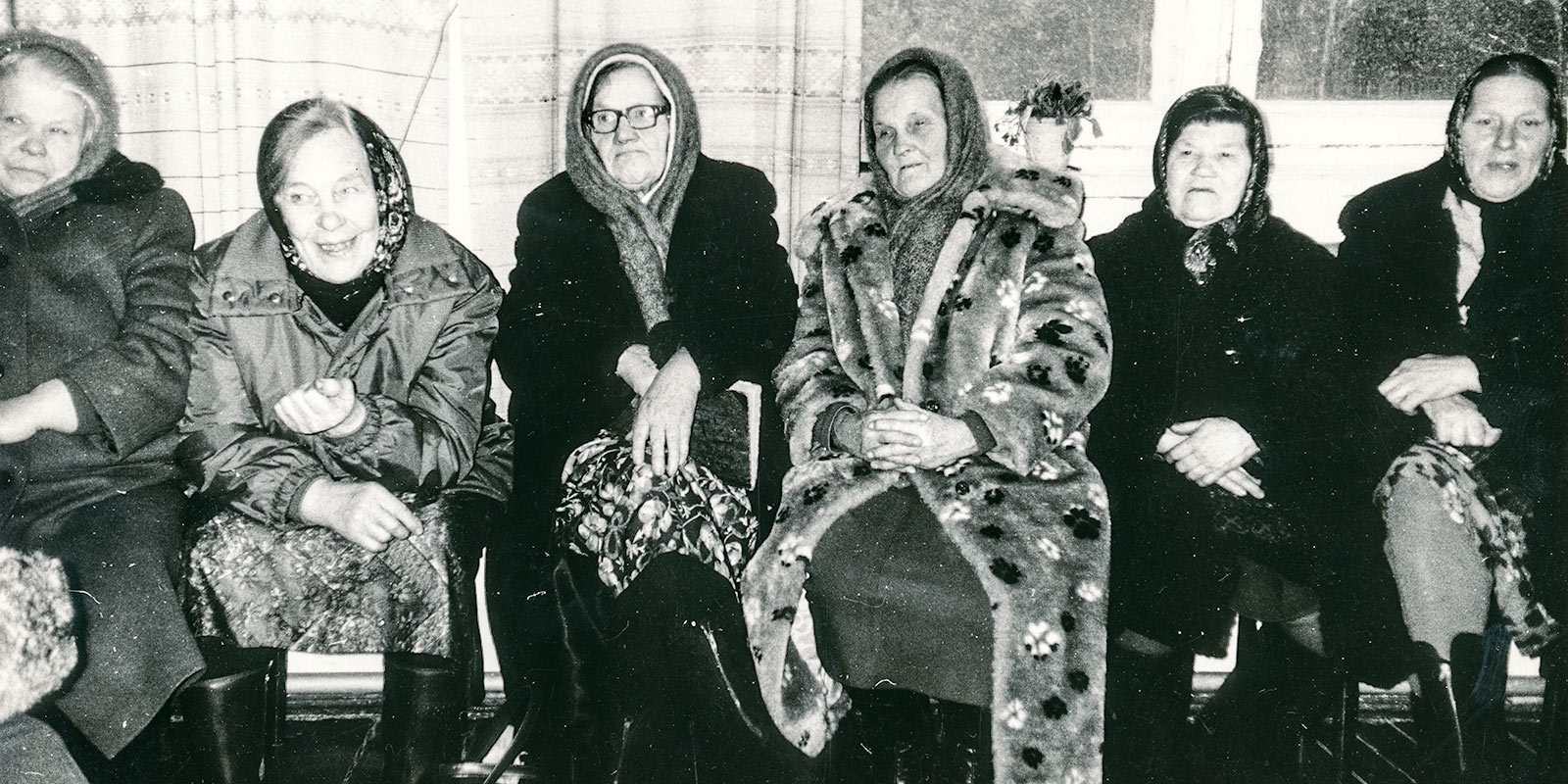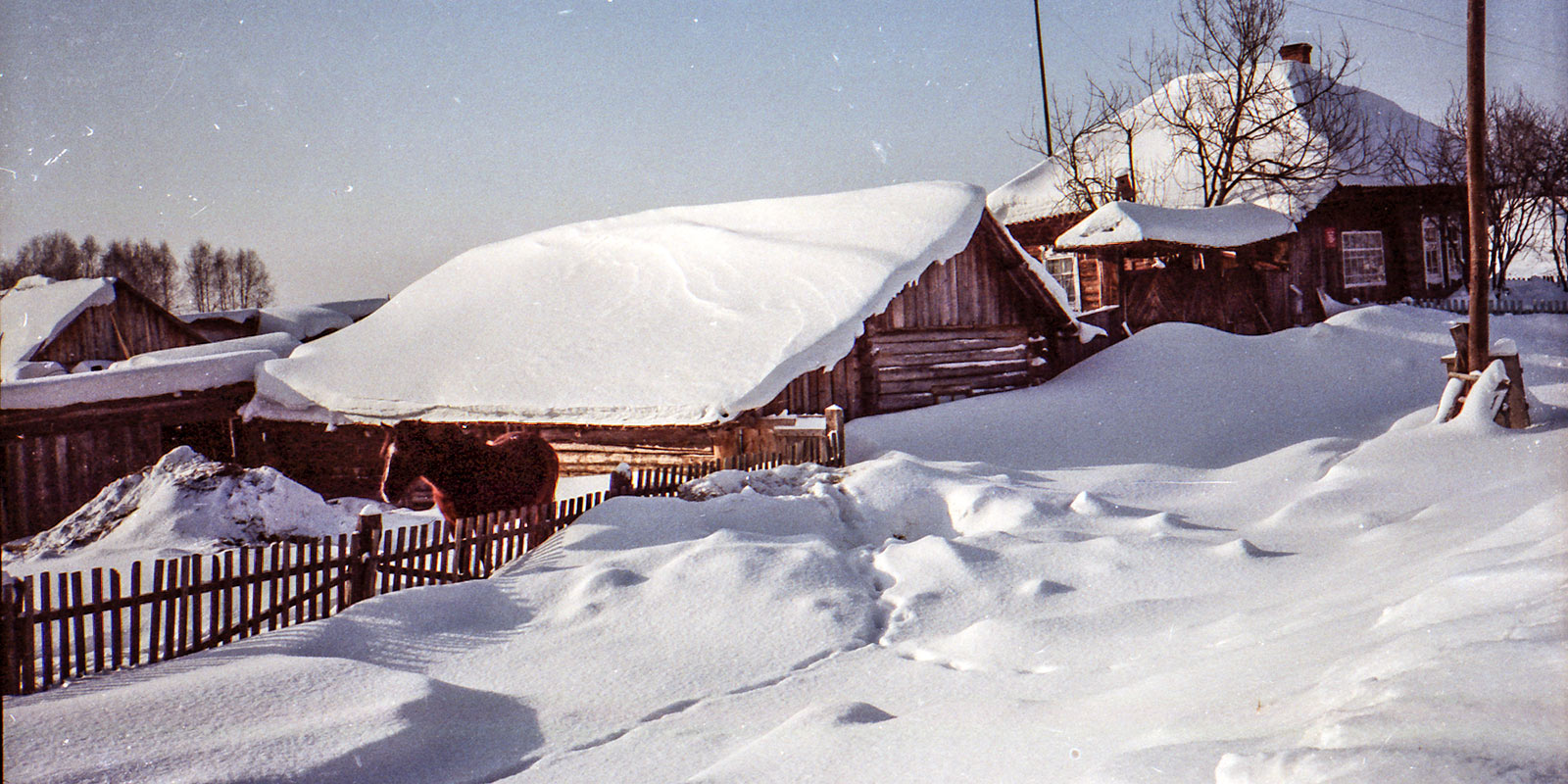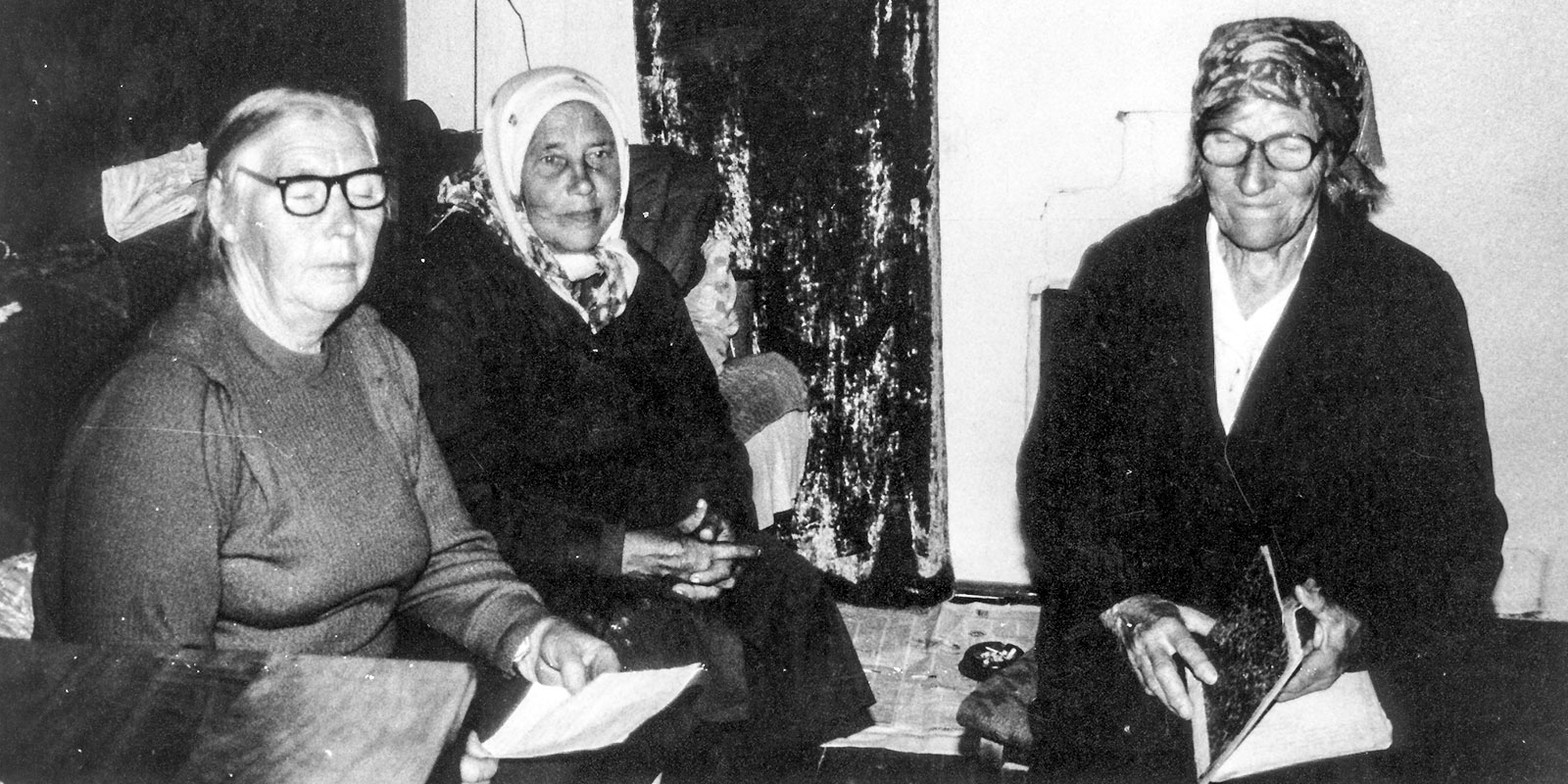Preface
This online collection of songs of Estonians in Siberia is based on a CD anthology ‘Songs of Siberian Estonians’, published in late 2005 at the Estonian Literary Museum. The CD anthology comprised two CDs and a booklet containing the song texts and articles about the villages’ singing tradition. With the CD anthology being long sold out, we decided to make the content, with improvements, available online. The most important addition to the anthology is video-material introducing the dances of Siberia’s Estonians, recorded in the same villages. The new edition also contains a larger number of songs and instrumental music.
The majority of songs, dances and instrumental pieces were recorded during the fieldwork of the Estonian Folklore Archives (EFA) in Siberia in 1991–2000; some video recordings are from the years 2004 and 2012. By this time, the singing, dancing and instrument-playing tradition of Siberia’s Estonians was already disappearing. This anthology does not present the songs of all Estonian communities in Siberia, but only of those villages where the tradition has been preserved the longest or in the most original form. Most of the material was recorded at social occasions or performances held in honour of the expedition members. The Estonians in Siberia themselves assign particular importance to community singing, but the anthology also introduces some fine soloists and instrumentalists. The most popular and characteristic songs and dances of the region were selected to represent a village’s repertoire; repetition of songs was generally avoided. Songs in Russian and in other languages are deliberately excluded from the selection, even though Estonians today do sing these songs as well. Some fine songs had to be left out due to technical reasons.
In the publication, the material is sequenced according to villages (starting with sound files, followed by video files), making it easier for the listener to observe the peculiarities of the singing tradition of different regions. The first part of the anthology starts with songs and dances from the earliest villages, which were founded by deportees. The villages where voluntary emigrants settled are arranged according to their geographical location and the intensity of social interaction of their Estonian communities – the songs and dances of more close-knit communities are presented next to each other. The song texts should help the listeners keep track of the words as they are sung, and perhaps even sing along.
Similarly to the language use in Siberia’s Estonian settlements in general, the song texts exhibit many unique linguistic phenomena (fuzzy dialect boundaries, loans, foreign influences, etc.) and joint singing also reveals differences in each singer’s language use. This is tried to be conveyed as adequately as possible in the transcriptions of the song texts, while avoiding making the printed image overly complicated. Refrains and other repetitive parts of the songs are written out once and marked with repeat signs. Where differences (or variation) could be heard in repeated verses or in joint singing,
- the most popular or logical variant is chosen,
- the added or omitted word or part of a word is given in parenthesis, and
- the verse variant is fully written out at the end of the song (and marked in the text with an asterisk).
In addition to standard orthography, omissions are marked with an apostrophe (’), explanations of single words are given in footnotes, and the parts of the songs that cannot be heard on the recording are added (by the collection’s editor) in square brackets. Also, summaries of the song texts in Russian and English are provided.
I would like to extend my heartfelt thanks to all the kind helpers for contributing their skills and advice to the completion of this edition. My very special thanks go to the Estonian communities in Siberia for having cherished the songs of their forebears, and for granting us the opportunity to get acquainted with this unique tradition.
Enjoy listening!
Anu Korb
2005 and 2014 in Tartu.
